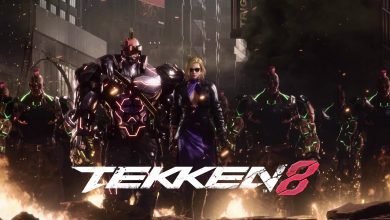Jusant Review
Overall
-
Story And Setting
-
Gameplay
-
Visuals and Performance
Verdict
Beautiful visuals, engaging gameplay, and detailed worldbuilding easily make Jusant one of the most unique experiences of the year.
Pros
- Intuitive Platforming.
- Gorgeous Setting
- Great Narrative
- Incredible OST
Cons
- Collision Issues
- Unstable Performance
A solemn, melancholy field journey through a mystical mountain. Inspired by titles like Death Stranding, Jusant is a beautiful hiking experience that doesn’t overstay its welcome.
- Developer: Don’t Nod
- Publisher: Don’t Nod
- Release Date: October 30, 2023
- Platforms: PC, Xbox Series X/S, PlayStation 5
- Game Length: 5 Hours
- Time Played: 11 Hours
It’s a beautiful little game that has a lot to say for itself, and in this review, I’ll try to explain why it’s worth your time.
Story And Setting
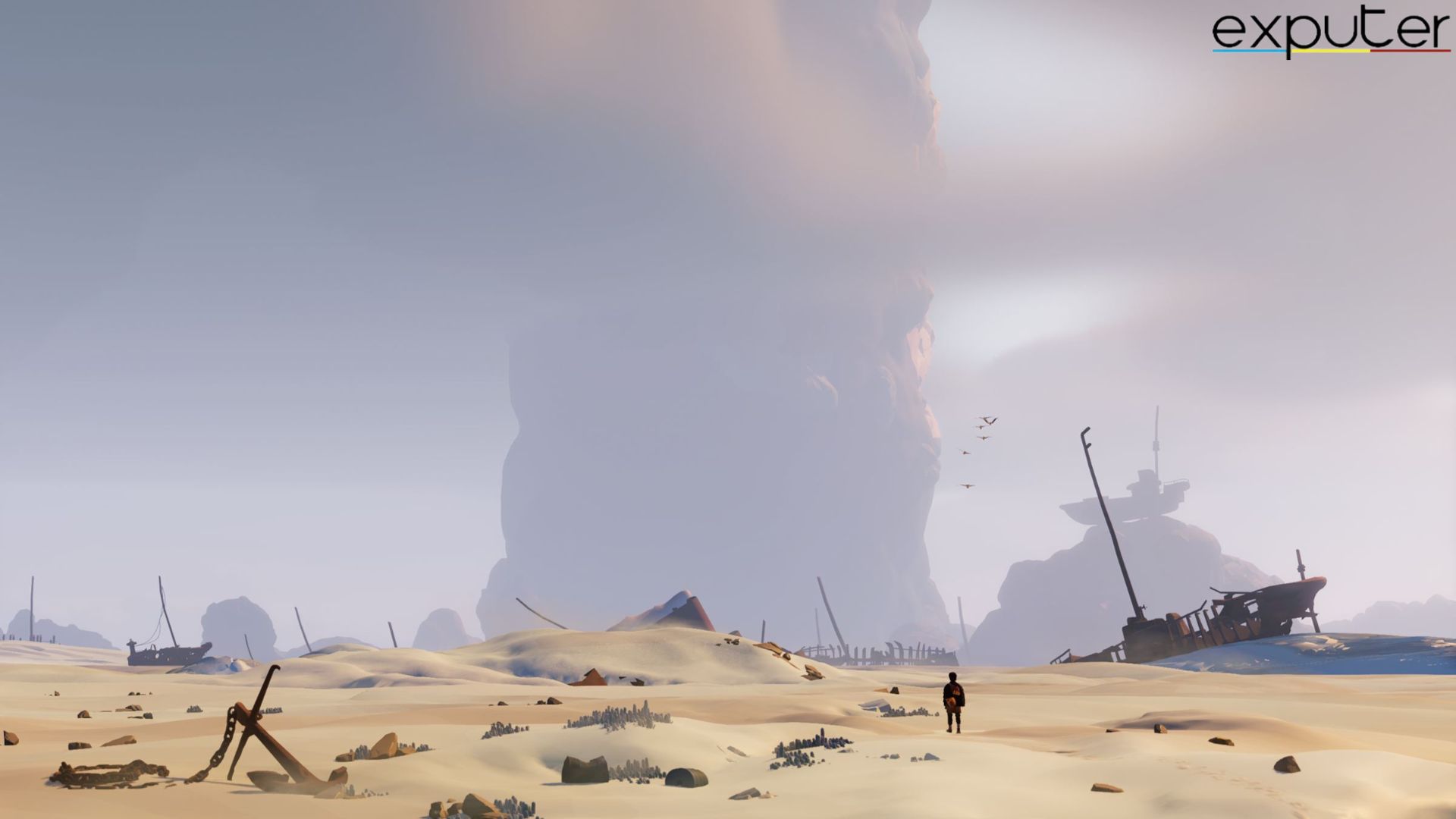
When the game starts out, it puts you in control of a young boy with a tiny slug-like companion called “Ballast”. Your ultimate goal is to slowly climb your way to the top of a mysterious mountain, all while uncovering the history of a long-lost civilization in a land where the sea has dried out and turned into a vast, endless desert.
Jusant takes a hands-off approach to storytelling, letting players piece together the story through environmental clues, most notably in the form of letters left along your path. While this sort of approach is common in games nowadays, I particularly enjoy it here thanks to the game’s cozy, laid-back vibe.
I almost felt like a significantly less violent version of Lara Croft as I explored the ruins of these forgotten lands, slowly coming to understand how this civilization prospered except instead of gunning down prehistoric animals you’re climbing rocks.
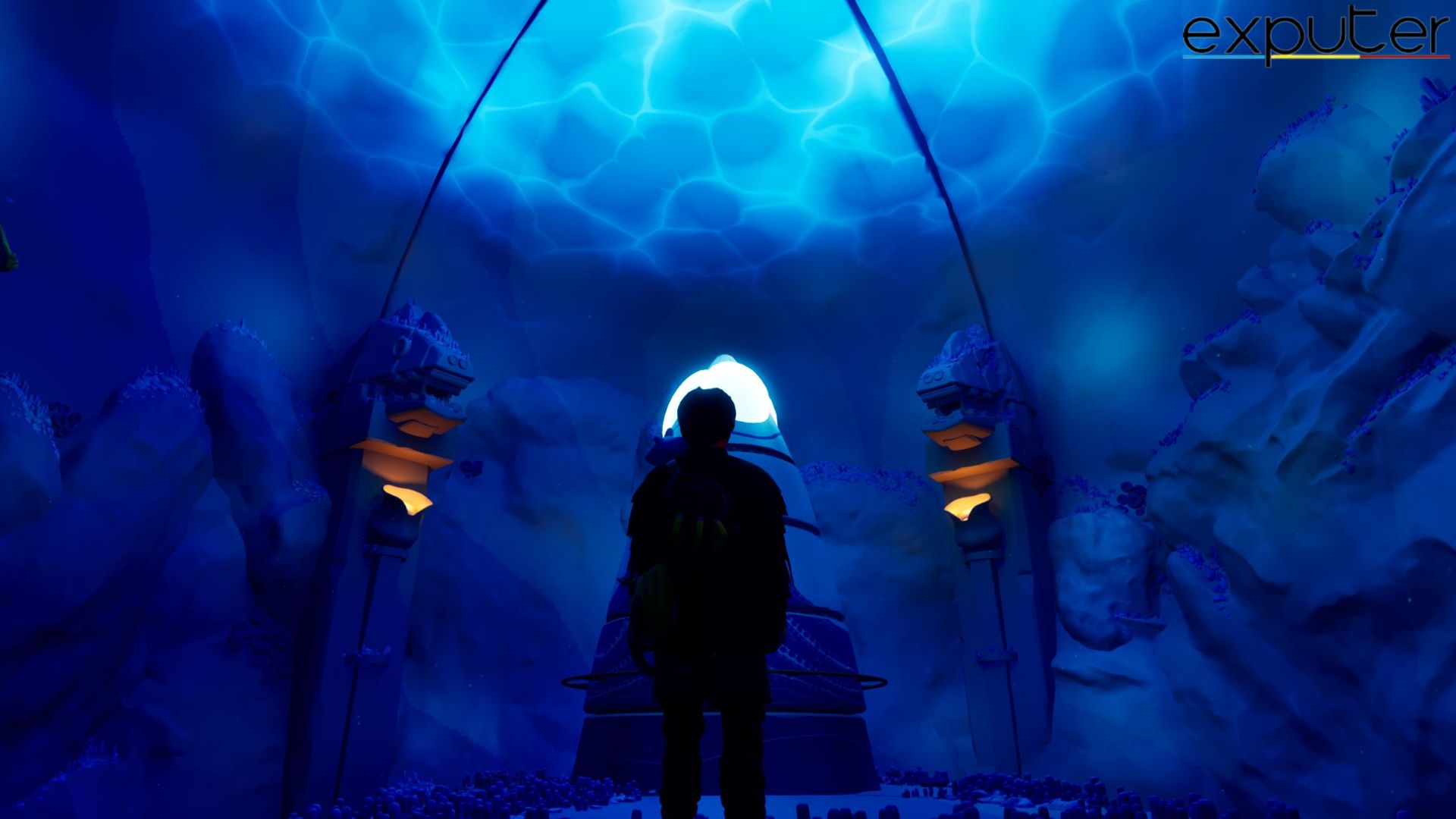
One of the things that really stood out to me were the conch shells, a collectible item that triggers a cutscene every time you pick one up.
From them you hear the chatter of customers in a restaurant, the clatter of plates and cutlery clashing against each other, the guitar in the corner playing a familiar tune, bathing the restaurant in this relaxing warmth.
Jusant takes a hands-off approach to storytelling, letting players piece together the story through environmental clues
Once you’re done listening, the conch fades away into nothingness, its one duty done, to preserve the memory it held within it. It’s a somber feeling but that speaks to how well of a job Don’t Nod has done with this style of storytelling. It feels almost as crucial and engaging as the moment-to-moment gameplay.
I do feel that the writing in the letters is a bit of a letdown, as it suffers from dialogue that at times feels both cliche and uninspired. It doesn’t hurt the game as a whole, but it was jarring enough to take me out of the mood at certain points.
Gameplay
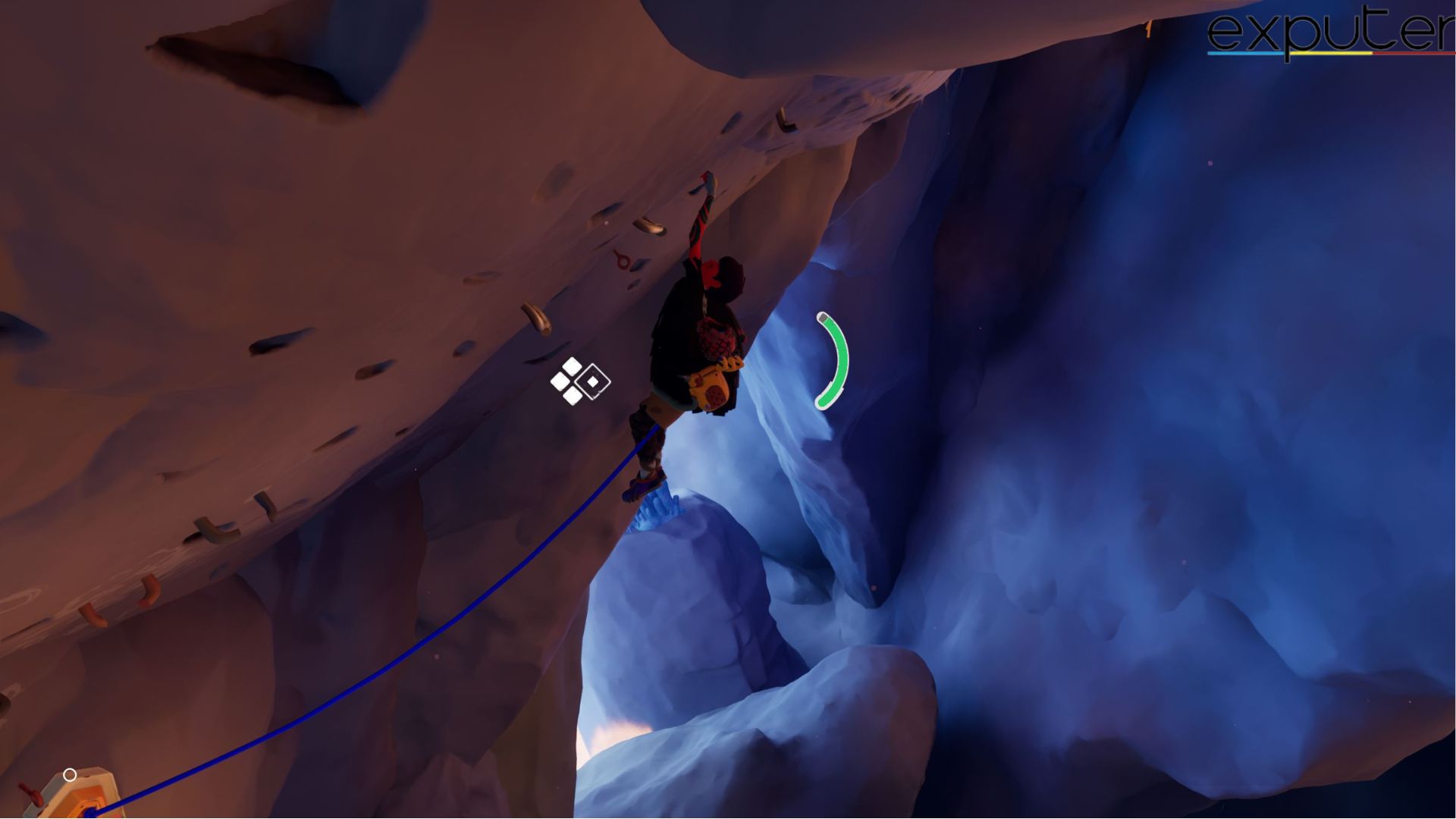
Jusant’s gameplay is very unique. Essentially, most of it revolves around climbing and traversal but the game has a couple of neat ideas up its sleeves that ensure that not only is all of it fun but also stays fresh over the course of the game’s nearly 5 hour campaign.
When climbing, you have separate control over both of your arms via the two triggers of your controller, and a rope attached to your waist to anchor you.
You can also apply pitons during longer climbs which almost serve as checkpoints that prevent you from losing too much progress in case you fall. It sounds complicated in theory, but I found it surprisingly intuitive during actual gameplay.
It’s a unique style of both gameplay and traversal that I really love, especially when traversal so commonly feels like an afterthought. It reminded me a lot of the traversal in Death Stranding, where just walking from one area to the next felt fun and engaging.
I was also reminded of the two modern Zelda titles and how they gamified their traversal systems, especially the climbing.
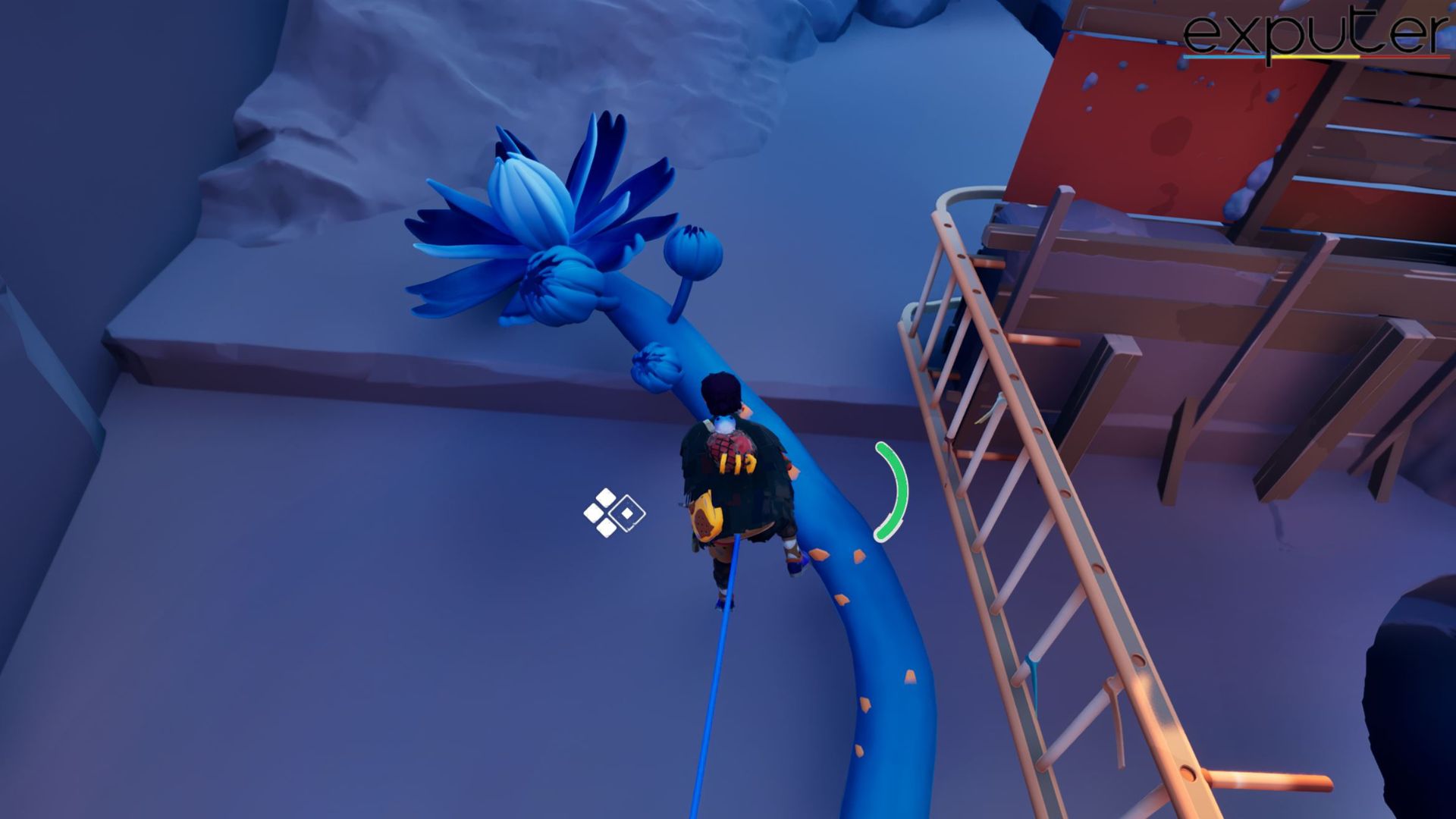
Seeing it like that, Jusant feels like the next step in this kind of traversal system, a system that straddles the line between being both fun and realistic. Controlling the main character also feels smooth and responsive even when you’re simply walking through environments.
Justant has a unique style of both gameplay and traversal that I really love, especially when traversal so commonly feels like an afterthought
It also has to be mentioned that Jusant isn’t a game that you can simply play on auto-pilot. There are always multiple different routes to a destination, some of which even lead to new and secret areas that delve into the world-building.
I also appreciated that the game consistently escalates in challenge and doesn’t shy away from throwing new obstacles and mechanics your way.
It would have been very easy to make a cozy, laid-back climbing game where gameplay takes a backseat with little to no challenge, but I appreciate the steps Don’t Nod has taken to ensure that the game is just as enjoyable to play as it is to experience.
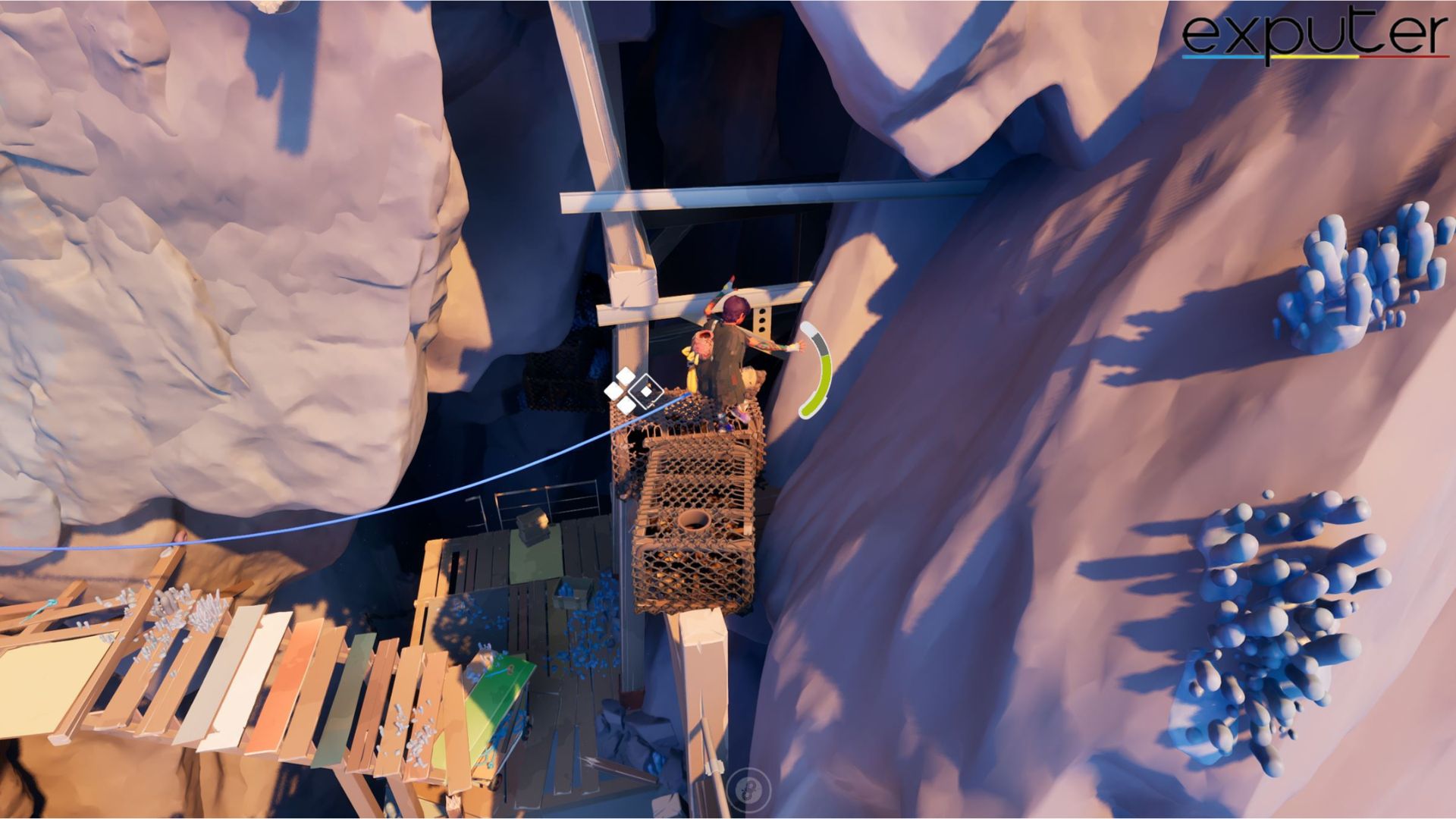
However, the game does suffer from several collision issues, and there was one instance where a ledge jump that I was supposed to make just wouldn’t work because of some very odd camera and environment framing.
There are also many cases where paths that look accessible turn out to be inaccessible dead ends that you aren’t supposed to climb. These were annoying sure, but not so much that they ruined my experience.
Visuals And Performance

Jusant is a gorgeous game, and the developers have taken their signature paintbrush-esque aesthetic and used it to its full potential. That’s also the best way to describe Jusant. It looks like a beautiful, moving painting that is elevated by excellent music and sound design to paint one of the most striking settings of any game this year.
There is a staggering attention to detail as well. The environments are littered with these dried-out corals and barnacles, hinting that all of what you explore was just a part of the sea at one point.
I wish I could hurl as much praise on the performance as I did on everything else, but unfortunately, as far as that is concerned, my experience with Jusant was mildly disappointing.
The sawmill has pieces of wood littered around the place with a giant woodcutter in the center and various tools to carve said wood. It’s a richly detailed environment that rewards a keen eye and curiosity.
I wish I could hurl as much praise on the performance as I did on everything else, but unfortunately, as far as that is concerned, my experience with Jusant was mildly disappointing. While the game typically maintains 60 FPS, I experienced frequent drops in the more cluttered and visually dense areas.
This was on an RTX 3060 with 1440p resolution and everything maxed out with DLSS turned on. Out of everything in my experience with the game, the performance was the only major letdown and I hope it is something that is resolved in due time.
Verdict
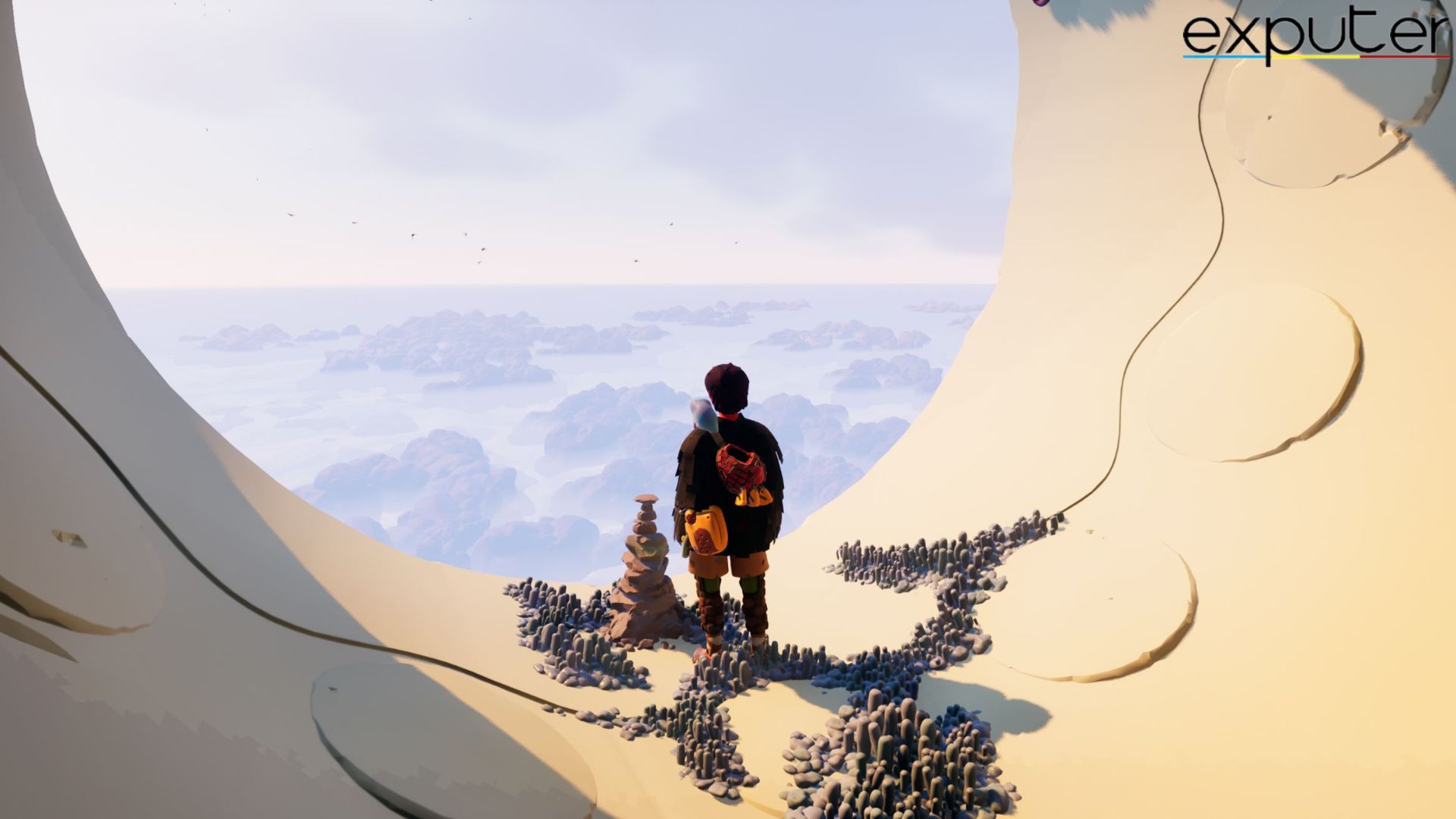
Jusant is a beautiful game and easily one of the most unique experiences of the year. It’s another addition in a long line of fantastic titles to release this year, and I highly recommend it to anyone looking for something different and unique compared to anything in the AAA space.
Beautiful visuals, engaging gameplay, and a densely detailed world begging to be explored make Jusant a great little indie title that absolutely deserves to be on your radar.
This has been our Jusant Review. While you’re here, consider checking out some of our other articles.
- Like A Dragon Gaiden
- The Finals Beta Review
- My Time at Sandrock Review
- RoboCop: Rogue City Review
- Alan Wake 2 Review
- Spider-Man 2 Review
- Celeste
- Stray
- It Takes Two
- The Talos Principle
- The Witness
Thanks! Do share your feedback with us. ⚡
How can we make this post better? Your help would be appreciated. ✍
